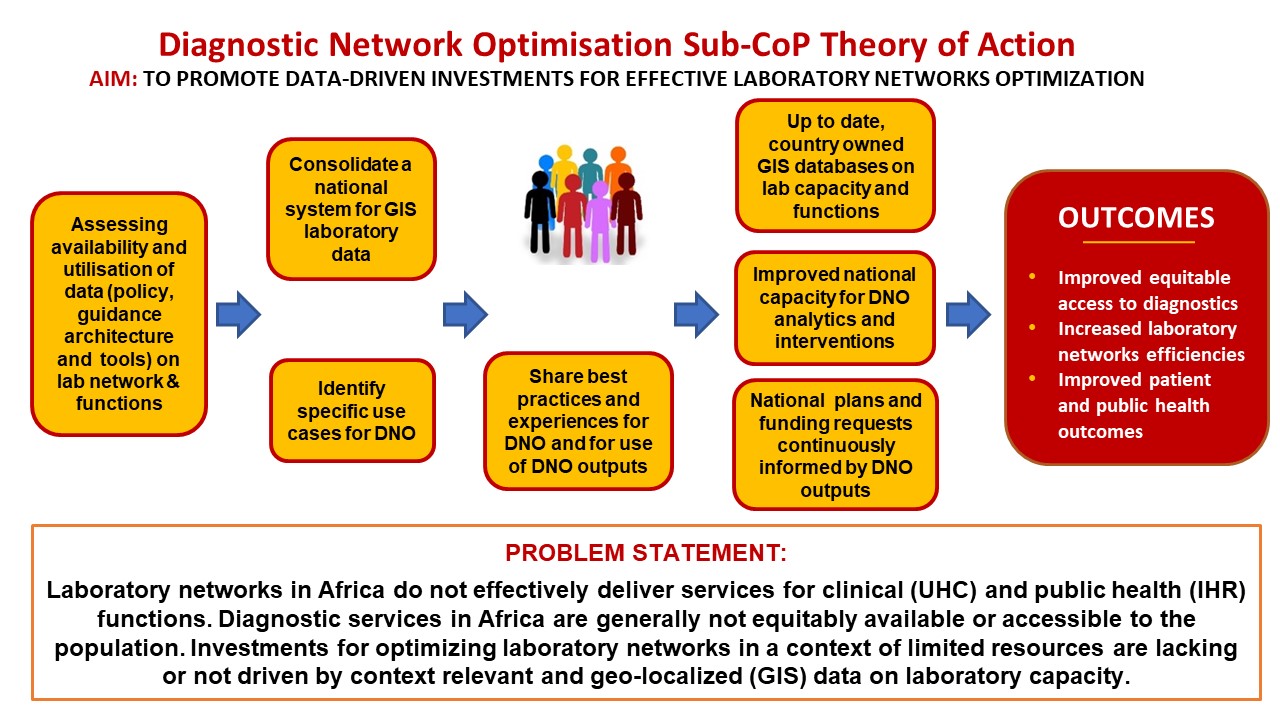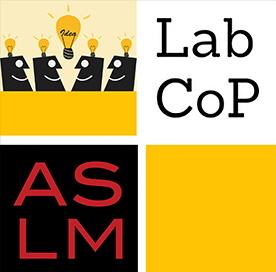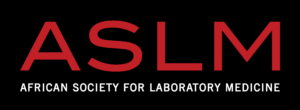
 DNO Sub-CoP
DNO Sub-CoP


What is the DNO Sub-CoP?
The Diagnostic Network Optimisation Sub-community of Practice (DNO Sub-CoP) is a dedicated segment of ASLM’s LabCoP. The DNO Sub-CoP is a collaboration of ASLM and FIND, funded by the Bill & Melinda Gates Foundation. The DNO Sub-CoP gathers country teams (made up of laboratorians, clinicians, and representatives from ministries of health who support DNO activities in their country) and stakeholders (implementing partners, regulatory and technical agencies) who share challenges, solutions and best practices for optimising their diagnostic network.
Why a DNO Sub-CoP?
Globally, diagnosis is the biggest gap in the cascade of care. In low- and middle-income countries (LMICs), including in Africa, 35–62% of populations are lacking access to essential diagnostics for six common medical conditions. This gap in access is exacerbated at primary healthcare level. The situation is mirrored for outbreak response, where the capacity to detect outbreaks in the African region, as assessed through the Joint External Evaluation (JEE) process, was only scored at 44%.
These data evidence how laboratory networks in Africa do not effectively deliver services for clinical (UHC) and public health (IHR) functions and how diagnostic services are generally not equitably available or accessible to the population. Furthermore, investments for optimising laboratory networks in the context of limited resources are often lacking or are not driven by context relevant and geo-localised, geographic information system (GIS) data on laboratory capacity.
DNO is a geospatial data analytics approach that informs diagnostic strategies and operational planning consistent with national health goals. DNO involves:
- definition of the scope and the alignment of stakeholders, including ministries of health, partners and donor agencies involved in lab systems strengthening
- collection, mapping, and spatial analysis of data on functions and capacities in a national laboratory network
- selection and development of scenarios to model and optimise the network
- implementation of changes and monitoring of associated impact to achieve strengthening of diagnostic systems.
Through evaluation of testing demand, testing capacity and utilisation, cost efficiency, access to services, and application of real-life constraints, DNO allows countries to determine how to provide the greatest access to equitable and timely diagnostic services, while maximising overall efficiencies of laboratory systems. DNO informs interventions needed to achieve disease goals and health equity and enables prioritisation of high-impact investments in a context of limited resources.
Many tools, software and strategies are available to support DNO, with the need to identify the most suitable approaches and the most critical-use cases. This requires that both countries and experts rolling-out DNO tools align their thinking and knowledge for increased effectiveness and impact of DNO. The DNO Sub-CoP aims to improve the uptake and the quality of DNO processes in LabCoP countries, to promote data-driven investments for effective laboratory networks optimisation.
The Diagnostic Network Optimisation Sub-CoP Theory of Action
Resources
Find diagnostic network optimisation resources here!

